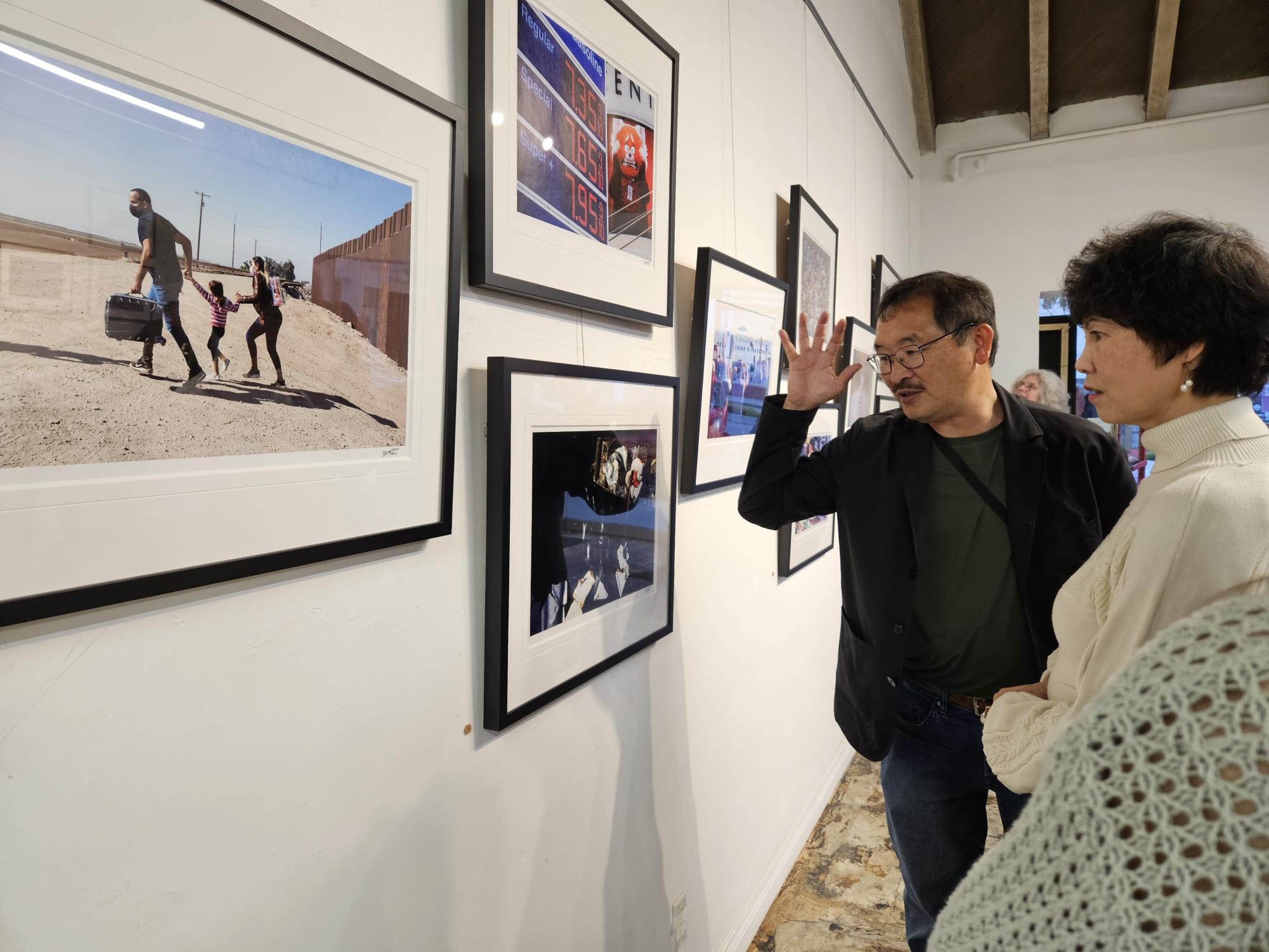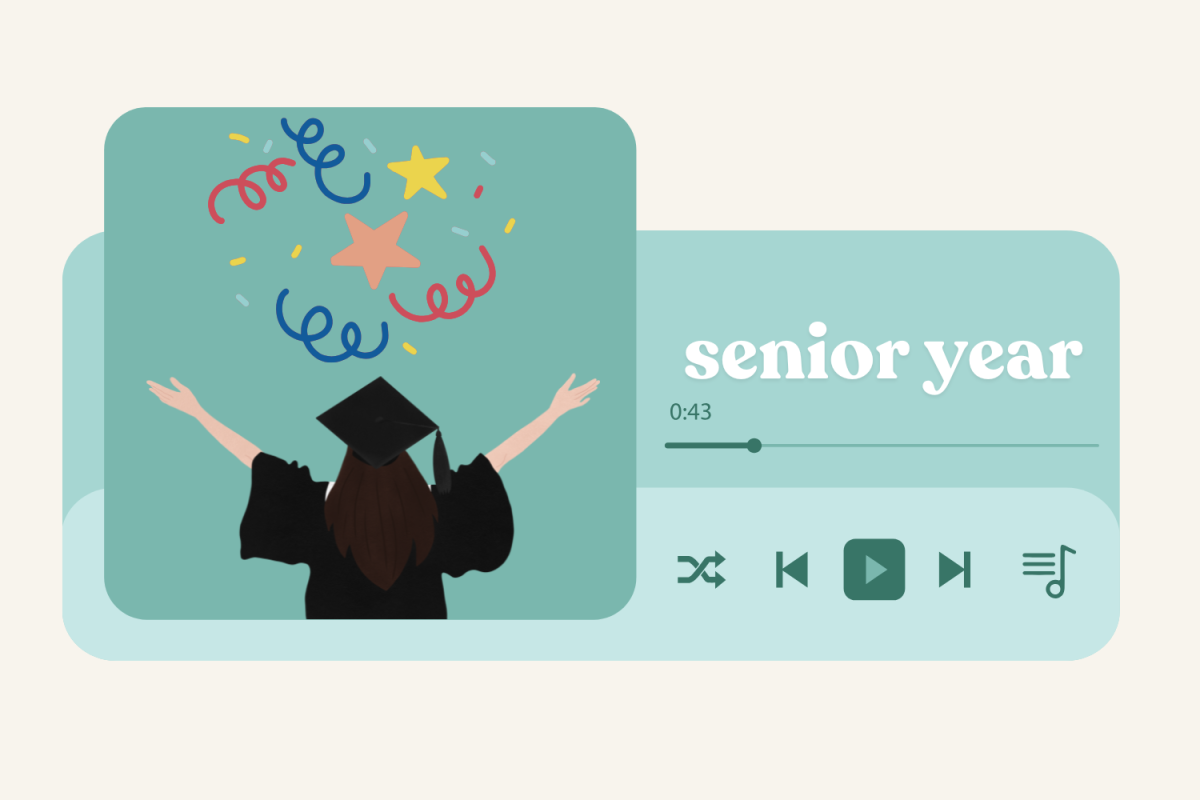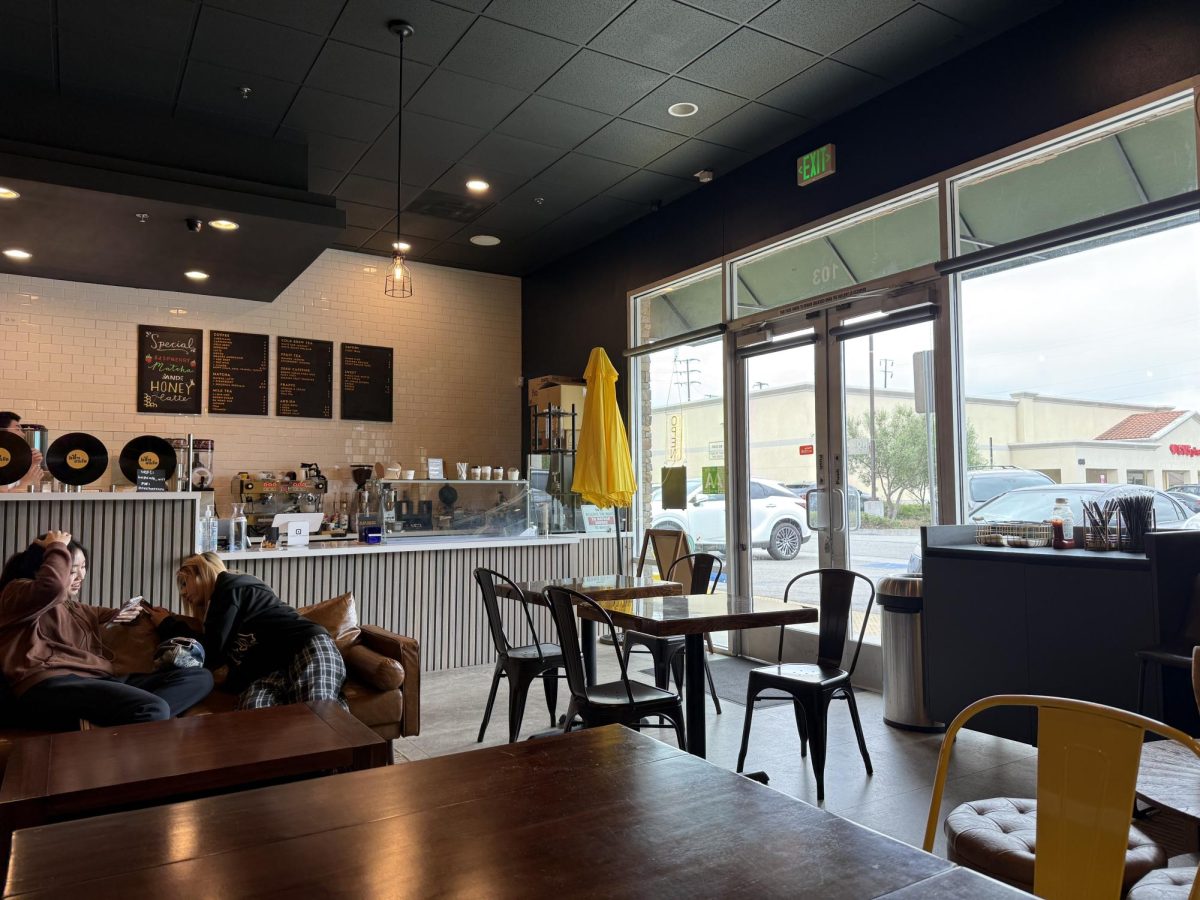The following interview transcript has been edited for clarity.
Thank you for agreeing to an interview! My name is Michelle So, and I am a student journalist with The Arcadia Quill, the official school newspaper of Arcadia High School. I’ve always wanted the chance to speak with a professional photojournalist, so I’m very excited to speak with you today!
First, why don’t you tell me a bit about yourself and what you do!
My name is Ringo; I’m a full-time freelance photographer. I have a degree in mass communication from Chu Hai College in Hong Kong. I came to Los Angeles in 1996 and attended Santa Monica College (SMC) and transferred to Cal State Northridge (CSUN). I got an internship at the Los Angeles Times, where editors and photographers helping me with letters to get green card staying in the U.S. Now, I am a full-time freelance photographer. My Woolsley Fire photos were named Pulitzer prize finalists, and my Black Lives Matter photos won the Pulitzer Prize.
Can you tell me a bit about where you grew up, and how that (if at all) influenced your photography?
I was born in China, actually. I moved to Hong Kong at 10. And my family, we weren’t rich. We lived in Kowloon Walled City. And that’s when I got my first camera, a Yashica manual focus, from a second hand shop. I started taking family photos and taking the camera to school. During high school, I always took photos because I was the only one who had a camera. Then, in Form 4, senior year of high school, I chose art as my major. My teacher wasn’t very familiar with photography, but I still did all the projects using photography. I submitted a photo to a competition and won an honorable mention. That really got me interested.
After high school, I worked in a garment factory for a year. I made good money, too, more than 10,000 Hong Kong dollars (HKD) a month. But I saw the newspaper looking for a darkroom technician. I began to work for the Hong Kong Express as a darkroom technician helping photographers. That was my first introduction to professional photography. In Macau, there was a big protest and there were not enough photographers, so my editor told me to go cover it. I spent one year at Hong Kong Express, then went to Singtao Daily News, which came before the Apple Daily News (the largest newspaper in Hong Kong) for five years. At Singtao Daily News, I won Picture of the Year three years in a row, and then became photo editor, then senior photographer. But I didn’t like how I moved up so fast. I wanted to go out and shoot, but I had to stay in instead. At the time, I only had a high school education, so I went to Chu Hai College and got a mass communication degree. It’s a very famous Taiwanese university in Hong Kong; nearly 70% of journalists come from there.
I came to the U.S. to study. I had no English when I came to the U.S. I went to Santa Monica College (SMC) because it had a good photography program. Looking back, I could have improved [my English], but I was too weak. There were many Hong Kong and Taiwanese people, so we always spoke Cantonese and Mandarin. I worked with the SMC professors and learned a lot from that school. After that, I went to Cal State Northridge (CSUN). Funny, it wasn’t my first choice—Cal State Long Beach (CSULB) was. But my wife was a business major, and CSUN has a very good business program, so I went to be with her. CSUN did not have a good photojournalism program, or good classes yet. But I showed them my portfolio and began to work for their newspaper. They knew I was an international student who needed money, so luckily I got paid. The professors there designed a special major for me so they told me, “take whatever courses you want” and so I did.
You’ve covered many historical events in the past few years. What has been your favorite shoot so far?
In the last 10 years, I’ve been shooting the LA fires and the protests. The reason why I love shooting protests started a while ago. I started shooting protests in Hong Kong. Photojournalism became popular in Hong Kong because of the 1989 Tiananmen Square incident, and more people began to respect Hong Kong’s newspapers and photography. Because there were protests almost every single day in Hong Kong, I became an expert in shooting protests and breaking news. When I came to the U.S., it was easy. I love to shoot the clash between protesters and the police. You need experience catching the critical moment when they clash.
[Similarly], I’ve covered fires for 10-15 years. I love to shoot fires because I love to work with the firefighters. It’s very different from shooting protests. You feel a different danger when shooting fires. There’s the unexpected when shooting police or being attacked by protesters. Fire doesn’t attack you on purpose. You can easily avoid it. I like showing the firefighters and the fire.
I think my interest ties to my personality—I love challenges. I like to compete. I enjoy bringing the audience to the front line. Photojournalists tell the truth, give the audience more perspective. Shooting the fire, you see a lot of things. Wildfires bring issues and questions. It’s all very sad. Why is it that every year we have a fire? You see the people who lost their homes, and, yes, it’s so sad to lose a lot of money. Sometimes you see a billionaire’s home burning down, you’re sad for the home and the money. But when you lose the memories, it’s even more sad. And it’s not even a money issue. You see wildlife, the animals. After the fire, I saw a lot of little dead animals and their bodies. It makes you so, so sad. Why did they have to die in a fire? It’s humans. Global warming, climate change. It’s like we didn’t take care of them.
It sounds like you’ve covered a lot of difficult topics. Let’s move to your personal accomplishments. How did it feel to win the Pulitzer prize?
It was a big surprise to me. Our city, LA, was not the place we journalists focused on for the Black Lives Matter (BLM) protests. I was just there to cover what was happening. I never thought that my work would be submitted for that! I found out the night before they announced it. A photo editor from New York called me, telling me he was a finalist. I wasn’t sure if I was a winner or not. I found out on June 11, and June 12 is my birthday, so I call it my great birthday gift. Of the 15 photos, two of them were mine, and they were both taken from the same protest on May 30, 2020. Early that morning, I went there to cover the supposed peaceful protest from West Hollywood to the west side. But it turned into a violent clash with police. That day, the protesters burned a police car, stormed the stores, burning anything on the street. The police started shooting, too, and I was shot three times by the police.
Something interesting is how a lot of people call the protesters angry and just wanting to burn stuff. But, in reality, only a small group of people are causing trouble. I saw a lot of younger female protesters trying to be good. They tried to quiet other people, telling them not to burn things. My picture showed a protester letting the police car go. It’s symbolic, you know.
What is the most dangerous part of your job?
In 2020, it was a very dangerous year because the police used lethal weapons to shoot people. The BLM movement used the slogan, “Defund the police,” which made it less safe. I always keep a bulletproof jacket in my car, and I never had to use it until 2020. Around 20 years ago, the police used rubber bullets that were paintball sized. In 2020, they started used ones that were hockey-puck sized. It’s so dangerous. If it hits your head, it could kill. When I got shot, I had to go to the emergency room. Yeah, being a photojournalist isn’t easy. Again, in the pandemic, when they were giving vaccinations, they didn’t prioritize photojournalists. To get mine, I had to wait in line at a clinic for leftovers. Leftovers! I was working the whole time during the pandemic. We’re always on the front line, but during the pandemic, they didn’t put us on the front line for the vaccine. So, then, I was angry we weren’t earning respect for our work.
What is your goal with your photography? Do you want your images to remembered in history, or are you more concerned about sending a message in the moment?
I want to be remembered as a part of history. My photography is a record. Everywhere I go, I take a picture. I’m just like a reporter holding a pen. I record it, tell the truth, look at things in the middle. I try to look both ways and be balanced. Even if I want to, I cannot focus on just the protesters. You need to get a picture that records both sides. Photojournalists cannot judge who is right or who is wrong. We take the pictures and let the audience judge.
For example, when you cover a Lakers game against, say, New York. You’re shooting Kobe Bryant, following him from side to side. What about the New York audience? They want you to cover the New York team, too. You can’t just cover one side, the NY audience wants to see their team, too. When I shoot sports games for the sports news, I cannot move. I stay in place and don’t follow my team to the other side when they move.
Tell me about your interest in basketball and how you’ve been able to incorporate sports into your work.
I mentioned earlier that I only had two hobbies: photography and basketball. Now, a lot of photographers who want to be a photojournalist need to learn to shoot sports, especially good sports. A photographer needs to shoot 50% sports, especially in LA, where almost every day there is a game happening. Concern about the agents and the news agency like sports because it can make a profit. Sports photos are good for business; they earn more profit than news. For news photos, their value is not very high since they’re only good for 24 hrs. A big news photo might last a week, but then people just forget it. Sports are different. This new generation of photographers need to learn to shoot not just protests but also sports.
Lastly, a portion of our newspaper staff and our student body is interested in journalism and photography. Do you have any tips for those interested in pursuing this field?
You must have a passion not just for photography, but photojournalism as well. Look at things in detail, observe. Learn how to look at things differently from other people. Don’t just copy others’ outcomes. When you learn something from somebody, learn from their ideas and not only the output. The work will just end up being a repeat of [previous works]. If you want to be a good photographer, you have to look at things differently. If you capture a really great photo, but someone who stands next to you captures the same photo, then it’s not a good photo. Even when standing behind or in front of other people, you need to have something different in your photo.
Also, photojournalism is not a career that makes you rich. You don’t make a lot of money, so passion is very important. And if you do it [well], you can make money. It’s definitely not like being a doctor or a lawyer, but it’s a fun job. You get freedom to do things differently every day and meet new people. And you’re always learning on the job.








